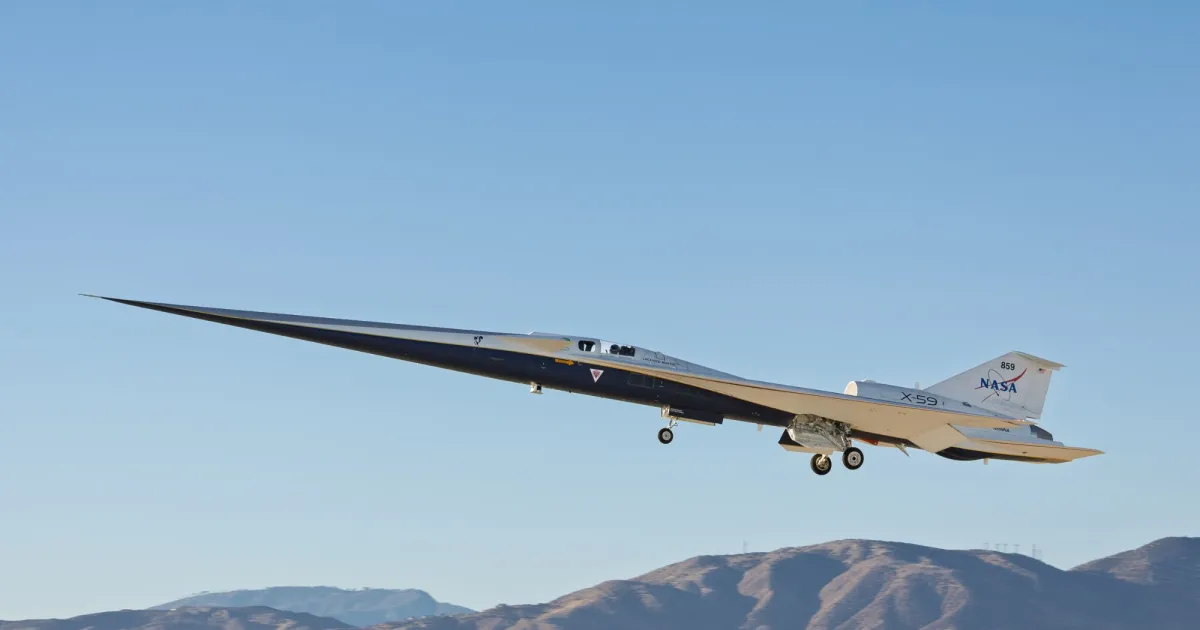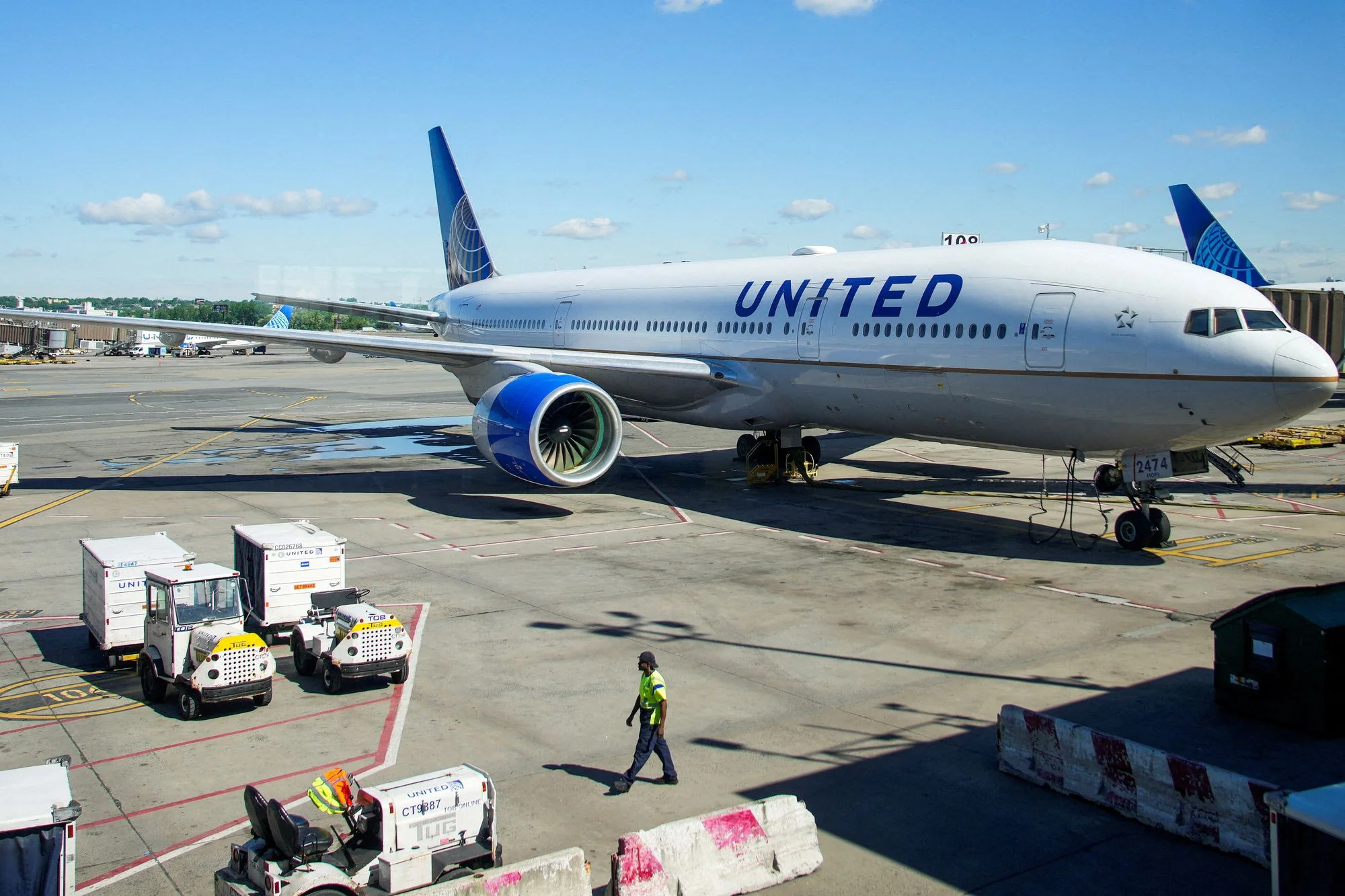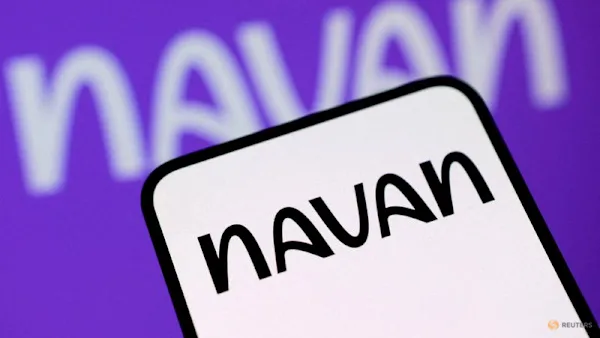Copyright Digital Trends

What Happened: You know that earsplitting, window-rattling BOOM that planes make when they break the sound barrier? The one that got them banned from flying over land? Well, it might be a thing of the past. This week, the legendary Skunk Works team at Lockheed Martin (the same folks who made the SR-71 Blackbird) just successfully flew their brand-new plane, the X-59, for the very first time. This plane is special. It’s the centerpiece of a NASA mission called Quesst, and its entire purpose is to fly faster than sound without making that deafening boom. The jet took off from a Skunk Works plant in California and landed safely at a NASA research center a short while later. The team said the flight went perfectly, which is a huge first step for this crazy new tech. Why This Is a Big Deal: This isn’t just another test plane. This could bring back supersonic travel for all of us. The reason we don’t have planes like the Concorde anymore is that the sonic booms were so disruptive, they were only allowed to fly over the ocean. That’s not a great business model. The X-59 is designed to change the game. Its super-long, pointy shape is engineered to slice through the air in a way that turns that violent “boom” into a much quieter “thump.” If it works, NASA can take this data to regulators and say, “See? It’s not loud. Can we lift the ban?” This could open the door for a whole new generation of commercial planes that can fly over continents at twice the speed of sound. Recommended Videos Why Should I Care: Because this could completely change how we travel. We’re talking about flying from New York to London in about three hours. Think about what that does for business, or just for visiting family. It redefines what “far away” even means. It’s also just incredibly cool. This is the kind of leap in aviation we haven’t really seen since the jet engine first showed up – blending speed with a design that’s actually trying to be a good neighbour. What’s Next: Okay, so this first flight was just a slow-and-steady test. Over the next few months, the pilots will start to really push the X-59, taking it higher and faster until it’s officially breaking the sound barrier. After that comes the most important part: they’re going to fly it over select cities across the U.S. to actually measure how people react to the sound. If nobody really notices the “thump,” it could clear the way for airlines to start building these new quiet, fast jets by the end of the decade. As one NASA official put it, this is all about “going farther, faster, and quieter than ever before.” Moinak Pal is has been working in the technology sector covering both consumer centric tech and automotive technology for the…



